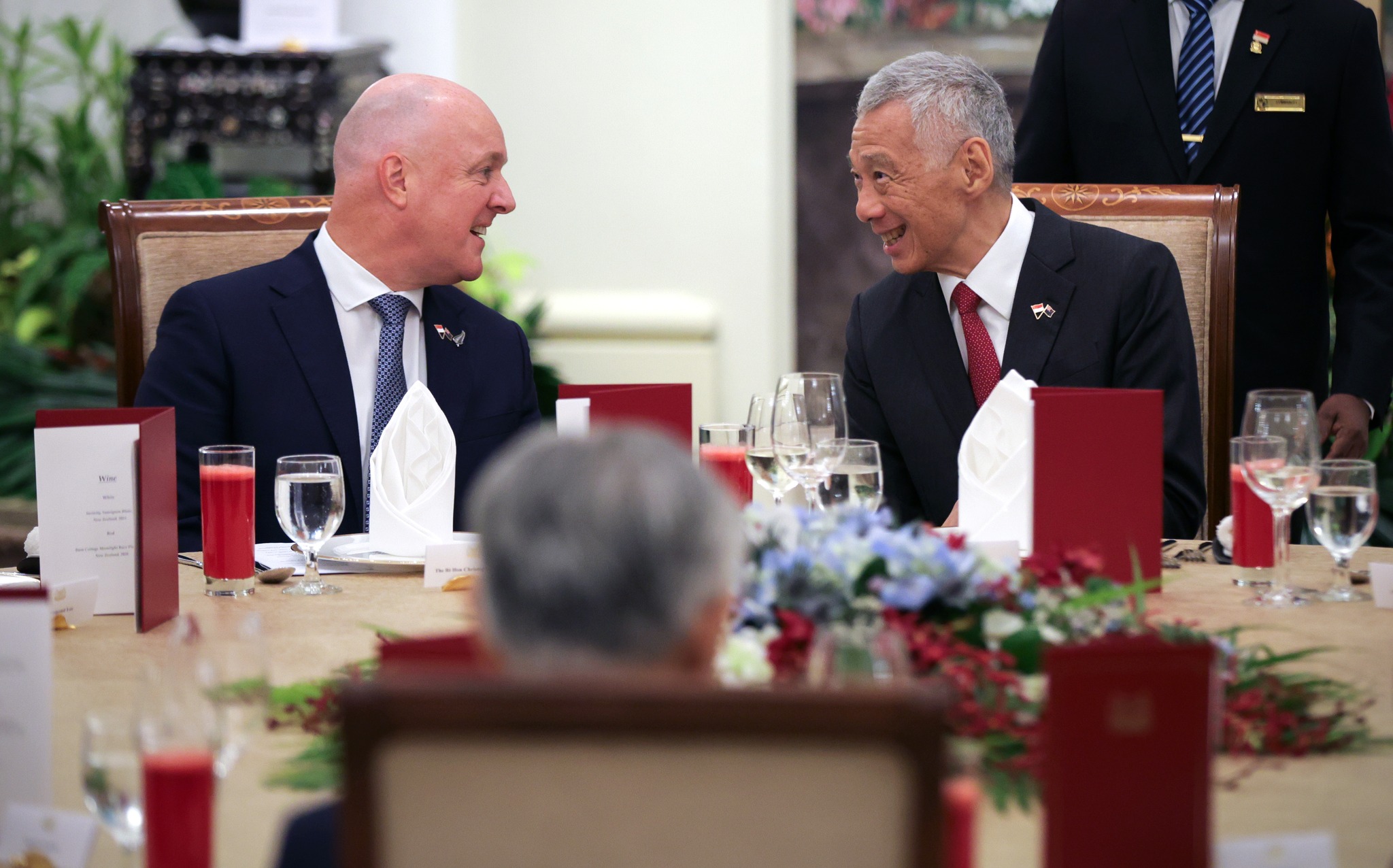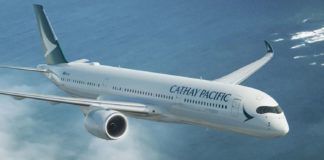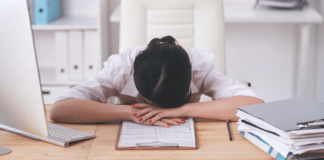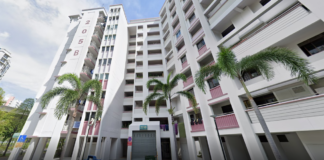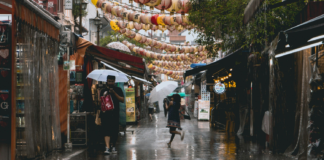Singapore’s prime minister: What is his or her role?
This piece is part of MS Explains, a segment where we provide clarity to common or key topics, making them easier to digest.
It’s been 20 years since Singapore has had a change in its prime minister (PM), and with Deputy PM Lawrence Wong set to take over PM Lee Hsien Loong in slightly less than a month, it’s worth taking a look at the role of the city state’s PM to see how the figure shapes the country and keeps it running.
One thing’s already clear — the PM of Singapore has always been the leader of the country ever since it attained self-governance from the United Kingdom.
Under the constitution, the prime minister of Singapore is appointed by the President of Singapore.
In his role, the PM chairs the Cabinet, the central decision-making body of the executive government.
Typically, the prime minister is also the leader of their political party. The late Lee Kuan Yew, is of course, the most well-known — he was sworn in as the first prime minister in 1959.
However, PM Lee, who is his son and has been the city state’s PM for the past 20 years, is also a household name around the globe.
What does Singapore’s Prime Minister do?
At the core of the PM’s responsibilities is the leadership of the Executive branch of the government.
Before diving into what this entails, here’s a quick note about the Government in Singapore, which follows a Westminster system.
The Singapore government has three separate branches:
- The Legislature, comprising the President and Parliament. This branch makes the laws of the land.
- The Executive, which comprises Cabinet Ministers and office-holders, and is led by the PM. This branch administers the law.
- The Judiciary, which interprets the law through the Courts. The Judiciary is safeguarded by the Constitution.
As the head of the Executive branch, the PM oversees the Government’s general policy direction and is accountable for the day-to-day administration of the state’s affairs.
He chairs the Cabinet and thus sets the agenda for Cabinet meetings, leads discussions, and ensures the implementation of Government policies.
The PM can also advise the President on appointments such as the Attorney-General, and a ministry’s Permanent Secretary under the constitution.
He also selects all ministers to form the Cabinet, and nominates the speaker of Parliament and leader of the house.
What role does the Prime Minister play in policy-making?
Singapore’s PM also plays a crucial role in the legislative arena where he is responsible for passing legislation through Parliament.
The Parliament makes laws, takes up an “inquisitorial role” to check the actions and policies of the Government, and scrutinises the State’s finances, among other functions.
The PM thus has the power to impact every aspect of Singaporean life from economic policies to social programs.
As the head of Government, the PM is expected to understand and have a macro view of the Government’s spending and needs.
PM Lee was once the Minister of Finance — which oversees ministries’ budgets — as was DPM Wong, who will step into the PM role in May 2024.
That said, even as the Executive, the PM is not the only one calling all the shots. The Prime Minister’s Office states:
“In practice, all significant decisions or actions taken by the Executive are first discussed and collectively agreed by Cabinet.”
What is the salary of the Prime Minister of Singapore?
Singapore’s PM is the most highly-paid world leader, earning S$2,200,000 yearly.
According to the Public Service Division (PSD), the PM’s total annual salary package includes a 13th month bonus, Annual Variable Component (AVC), and National Bonus. It is set at two times the entry-level minister benchmark, which is S$1.1 million.
Here’s the breakdown of the PM’s salary:
- Annual Salary: Fixed, 13 months
- AVC: Typically 1 month
- Individual Performance Bonus: 3 months for good performance
- National Bonus: 3 months if targets are met
Combined, the PM earns 20 months’ salary annually if all targets are achieved.
Minister salaries, including that of the PM, have been unchanged since 2012, even after a 2017 review that recommended upping salaries to match the benchmark, which had increased since 2012.
The Government decided to keep salaries at the 2012 mark, citing a transitioning economy. Ministers also do not have a pension, since 21 May 2011.
What’s the difference between the President and Prime Minister of Singapore?
While the PM leads the Cabinet and, therefore, the Government, it is a different system from, say, the United States, where the President is regarded as the head of state.
In Singapore, the President fills a largely ceremonial role and does not set national policies, though they have the power to oversee the national reserves and can veto the appointment or removal of key office holders in the public service, such as the Attorney-General.
Since 1991, the President has been elected by Singaporeans, as opposed to appointed by the Government.
The ability to safeguard national reserves gives the President a check against unbridled Government spending of reserves.
Compared to the PM, the President is paid S$1,540,000 yearly, according to the Public Service Department. They receive the same monthly salary as the PM, including the 13th-month bonus and AVC, but do not receive a Performance Bonus or National Bonus as they do not set national policies.
They must also be non-partisan and not belong to any political party. The past two Presidents, Tharman Shanmugaratnam and Halimah Yacob, both resigned from the People’s Action Party (PAP) prior to running for president.
Like the PM, the President has a diplomatic role and frequently meets world leaders.
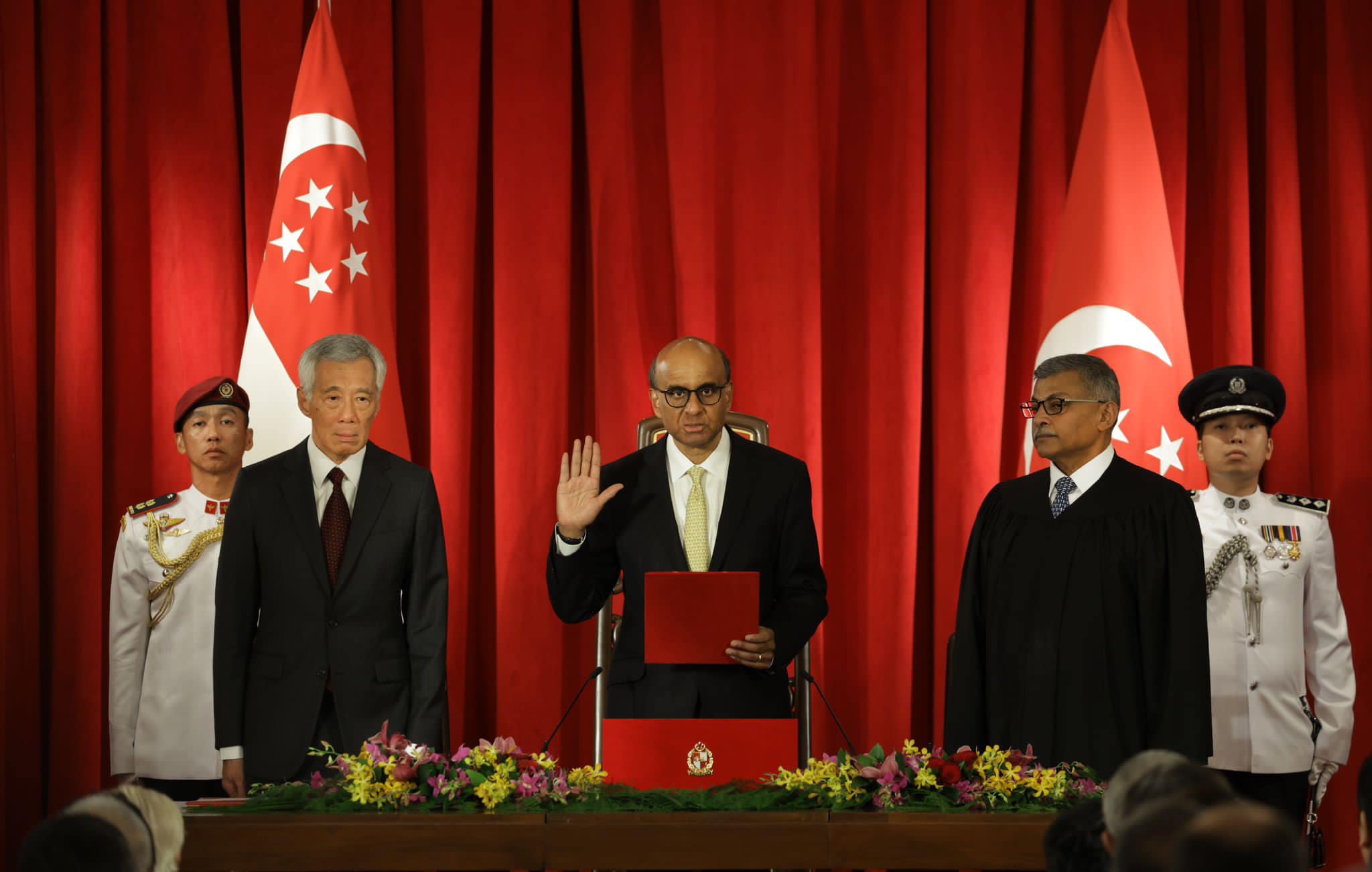
Source: Tharman Shanmugaratnam on Facebook
Certain decisions, such as regarding the pardon of a person convicted of an offence, have to be made with the advice of the Cabinet.
While the President also appoints ministers to the Cabinet, they must do so on the advice of the PM.
What is the role of the Prime Minister when it comes to international relations?
Besides laying out the direction of Government policies, the PM also serves as an important figure in maintaining bilateral ties with other nations, alongside his Cabinet colleagues.
When it comes to international affairs, the PM is especially critical in maintaining and enhancing Singapore’s bilateral relations.
The PM represents Singapore in the global arena, engaging with leaders of other nations to forge strong diplomatic ties.
This involves negotiating trade agreements, participating in international organisations, and leading Singapore’s contributions to international peace as well as security and humanitarian efforts.
Singapore’s foreign policy is characterised by its pragmatic approach, where the PM plays a key role in building relationships that are mutually beneficial. For example, it maintains ties with both the United States and China – a policy Singapore’s leaders have stated is important in ensuring its survival.
What else does Singapore’s Prime Minister do to ensure Singapore’s survival?
In a dialogue at the Center for Strategic and International Studies (CSIS) on 13 October 2023, DPM Wong stated the following on how Singapore views US-China policy:
From Singapore’s point of view, when we look at this relationship between US and China, our perspective is that this is not about balancing between America and China.
“Ultimately, we make decisions based on our own interests and our national interests will very much be guided by principles of international law,” he stated.
“As a small country, we need that rule of law framework to operate and so that is how we will make our decisions. Which means that depending on the circumstances, in some instances, we may make decisions that seems to favour one side versus the other; but that does not mean that we are pro-China or pro-America. It simply means that we are pro-Singapore.”
PM Lee has also met leaders of India, with whom Singapore shares a longstanding partnership.
Additionally, the PMO often engages in high-level exchanges with other countries to enhance economic ties and address shared challenges.
For instance, recent landmark agreements with Indonesia on airspace management, defence cooperation, and extradition highlight the PMs active involvement in strengthening bilateral relations.
Also read: Prime ministers of S’pore through the years, from 1959 to present day
Prime ministers of S’pore through the years, from 1959 to present day
Have news you must share? Get in touch with us via email at news@mustsharenews.com.
Featured image adapted from MCI via The Edge Singapore.

Drop us your email so you won't miss the latest news.

